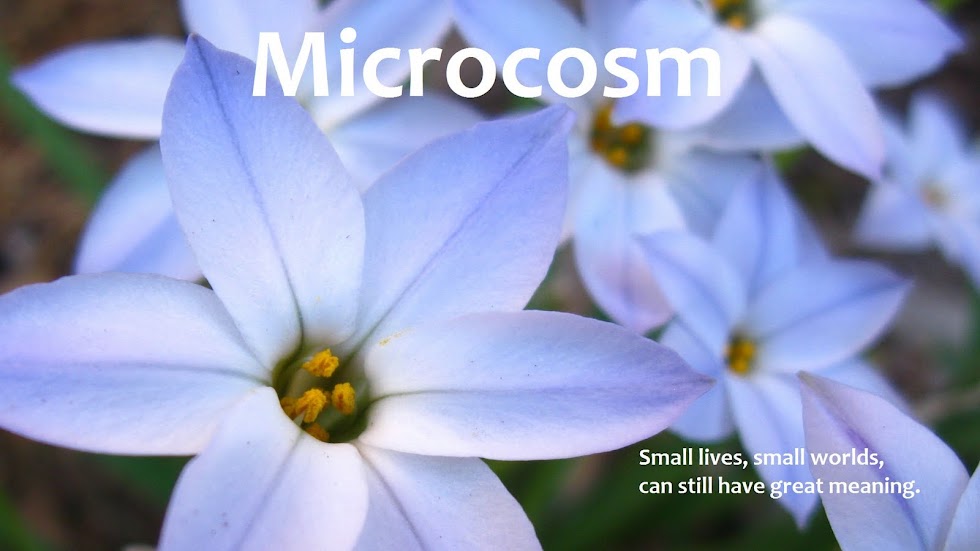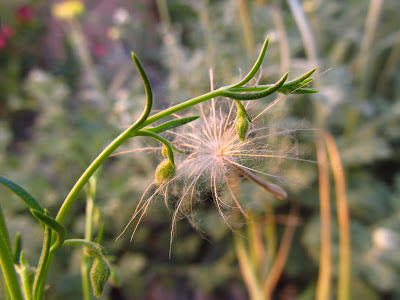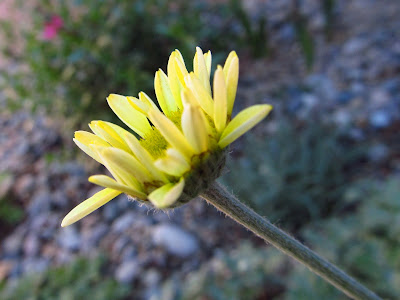 |
| Japanese maple with Rio Grande cottonwood |
Part I
I've been thinking about first impressions this weekend after a visit to the Botanic Garden at the ABQ BioPark, and especially to the Sasebo Japanese Garden at the park's far end, almost on the edge of the Rio Grande. The Japanese Garden is a relatively young one. It opened in September of 2007, and I visited it for the first time a month later, when it had an air of shiny newness. The ground cover plants were still in little plugs with large patches of mulch between them, the perennials looked mighty uncertain about their new digs, the twiggy trees were losing a few of their leaves. In other words, it was a lovely first year garden that radiated hope and potential.
| Rio Grande cottonwood (Populus wislizeni) |
Something else that struck me that first year, though, was a sense of dissonance—not an unpleasant one, just a sense of things not quite matching. The gardeners had (laudably, wisely, you-want-to-kiss-them wonderfully) incorporated the established cottonwoods that grow close to the river in their design, but the contrasts between the trees' craggy old growth and the infant plantings, their genuine wildness and the designed "wildness" of the garden, their hard-knock toughness with the delicacy of the weeping cherries—all those contrasts jangled. Their starkness also made me very much aware that the entire design of the garden was foreign, that I don't know how Japanese gardens work. I don't understand the principles behind the design, beyond the basic "stone and water are important" kinds of things, and reading about those wasn't enough to make the garden "click."
I've seen the garden several times a year since then; yesterday was the first time since last September, an unusually long lapse. I was delighted to see how much the garden has taken off this spring—how it's grown into itself, how the contrasts that used to be so stark have softened, how the sense of dissonance has sweetened if not resolved altogether. The understory trees have grown into the canopy of the cottonwoods, which shelter the more delicate plantings from the noonday glare (with an air of grandfatherly benevolence, I might add).
 |
| High noon in the canopy, shade on the ground |
We act as though a first impression is the real deal, but it isn't; it's just a seed. And we all know what resemblance a seed has to the mature plant—none.
It's how we nurture the seed to maturity that matters.































